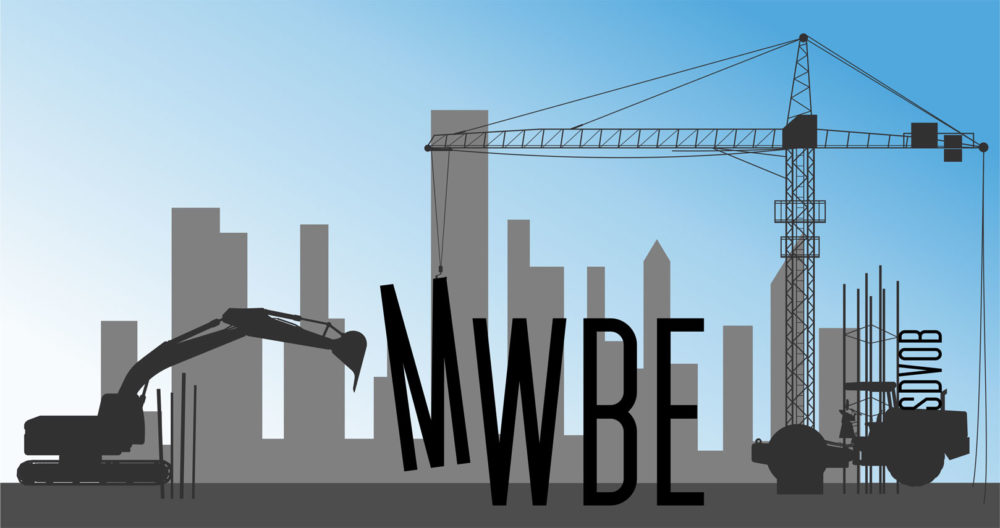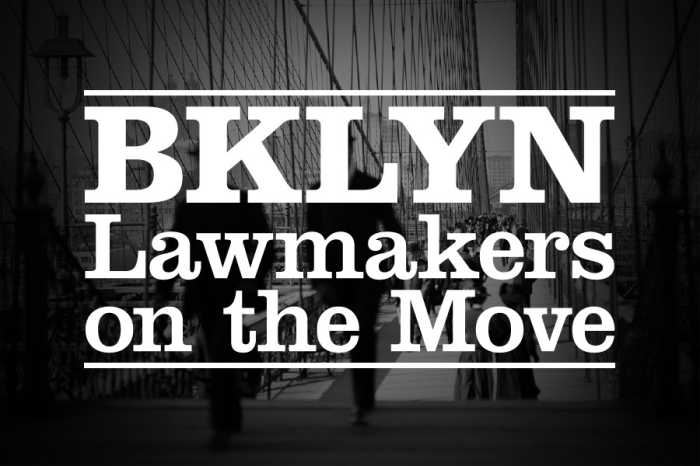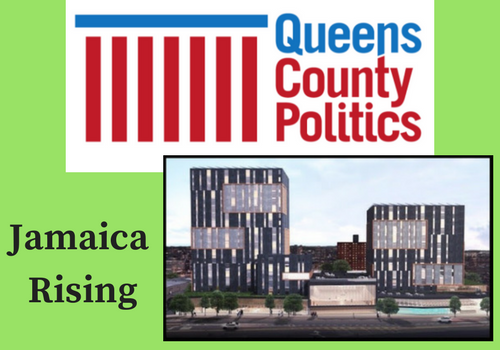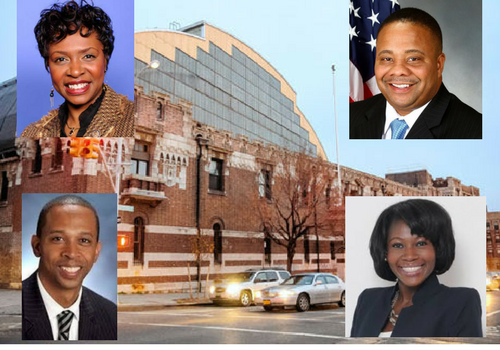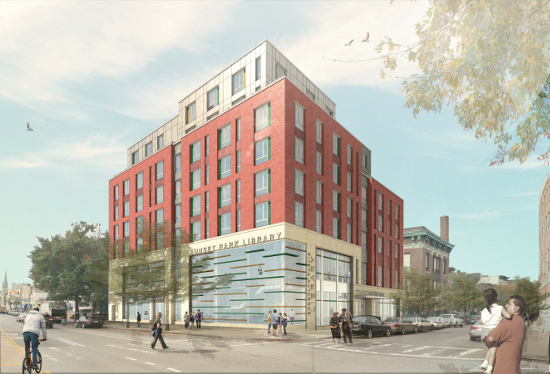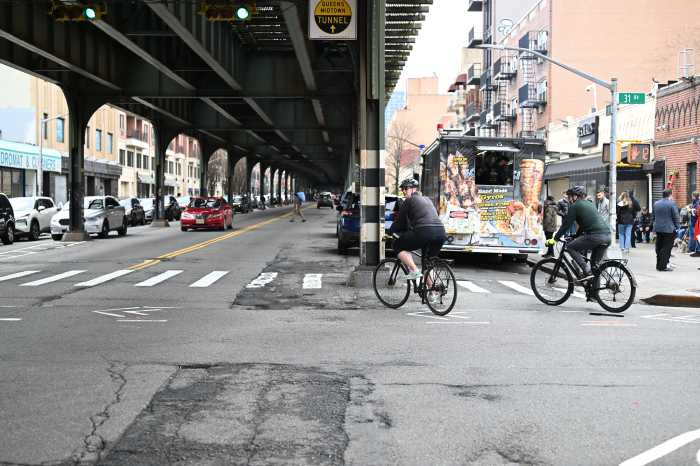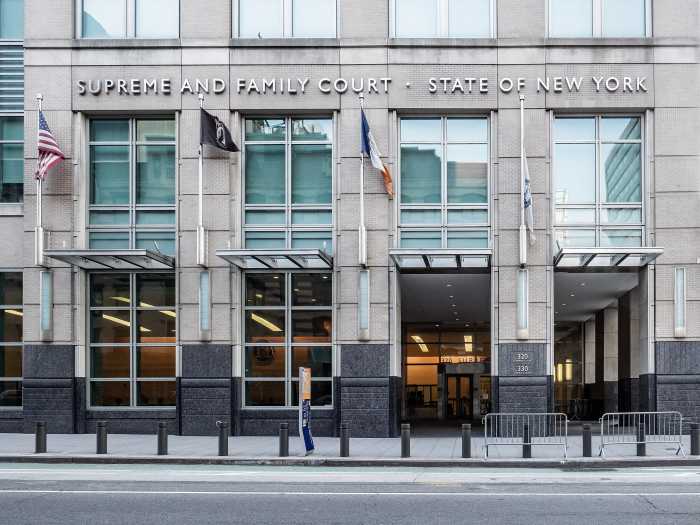
As the current year ends there is much to be excited about in the world of diversity in government-subsidized development and construction. The new governor has positioned herself to be a champion of diversity, and the incoming mayor has made clear his intent to prioritize this cause. Best of all, it appears that the state and city will work together to promote diversity.
Equally exciting is that developers are certainly doing more to meet diversity goals. The days are ending when a developer simply passed on diversity goals to its project’s builder and washed its hands of this responsibility. Looking at the past five years alone, there is strong data showing that developers and builders have moved in the right direction, with some projects achieving over 200% of assigned goals. Back in 2020, I wrote about the disproportionate impact that the pandemic had on MWBE firms. 18 months later, many of these contractors and suppliers have regained their footing and are back in business.
There’s more. Government agencies that award subsidies are better at understanding the vital role they play in supporting projects with diversity requirements. Just last week our firm reached out to one, requesting help identifying firms for a specific trade. We received a list within an hour! And elected officials are doing more than just demanding diversity on projects in their districts, with many using their deep community reach to broadcast contracting opportunities.
Even lenders are taking up the cause; some are requesting diversity contracting plans upfront as a condition of financing.
With so many factors now in place, the time is right for government’s diversity contracting concept of “good faith efforts” (truly a dreaded industry term) to be redefined, realigned, and reimagined, moved away from the post-buyout checklist (hoping that a project did “enough”) and instead started robustly during the earliest stages of planning. It’s time for diversity to become an integral part of the development process. Instead of a patchwork of diversity tactics stitched together with varied participation by each project player, it needs to be tied together into a holistic coordinated strategy.
Simply put, this “new and improved” good faith efforts concept only works if everyone involved—developers, lenders, builders, government agencies, and elected officials—plays its role to the fullest, not with an attitude based on forced participation (“Ugh, we gotta do this!”), but instead one that wholly embraces diversity with panache and aplomb (“Yeah, we got this!”). The time is now to organize diversity achievement (“Go team!”).
Our firm is proud to have contributed to hundreds of millions of dollars awarded to MWBE firms working in new and existing housing and commercial developments. Our compliance work puts the emphasis rightly where it belongs—in early outreach, hired to start our work sometimes years before shovels are in the ground. We’ve learned much about what works and what doesn’t.
So, in the hopes of starting a discussion on organized and holistic diversity, we documented our experiences and put them in a free publication, Diversity Contracting: A Guide for Developers, Builders, and Contractors. Don’t let the title fool you! Stakeholders like elected officials, government agencies, community leaders, neighborhood residents, even lenders, can benefit greatly from it by learning the process of diversity contracting from many sides, and the critical importance of intent throughout it all. Click here to get the free guide from BTN Consulting’s website.
In one year’s time, I plan to write a follow-up to this opinion piece, hoping that my optimism in 2022 was well placed. I’m happy to say that I think it will be.
Manny Burgos is CEO of By the Numbers Consulting Services Corp., a leading provider of outreach, compliance, advisory, and data gathering services. BTN Consulting serves the tristate area with offices in New York and Puerto Rico.


